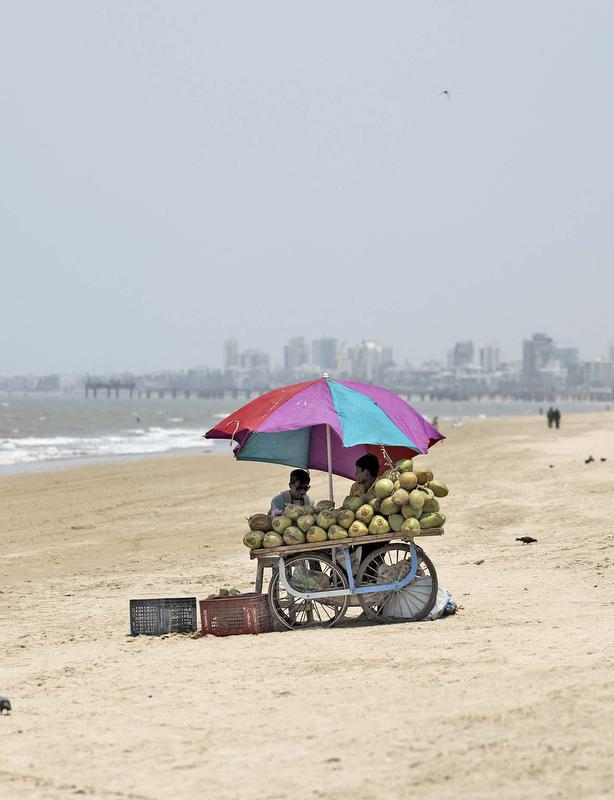Free Courses Sale ends Soon, Get It Now


Free Courses Sale ends Soon, Get It Now



Disclaimer: Copyright infringement is not intended.
Context:
The report and its findings:
Exposure to heat:
Impacts of climate change:
Emerging hazards:
Which sectors are affected?
Laws Addressing Workplace Safety:
Issues of occupational safety and health in India :
Other Climate Hazards:
Conclusion:
Source:
|
PRACTICE QUESTION Q) Examine India's labor sector vulnerabilities to climate-induced hazards, focusing on agriculture, MSMEs, and construction. Assess regulatory shortcomings and advocate for modernization to ensure occupational safety.( 250 words) |
© 2024 iasgyan. All right reserved